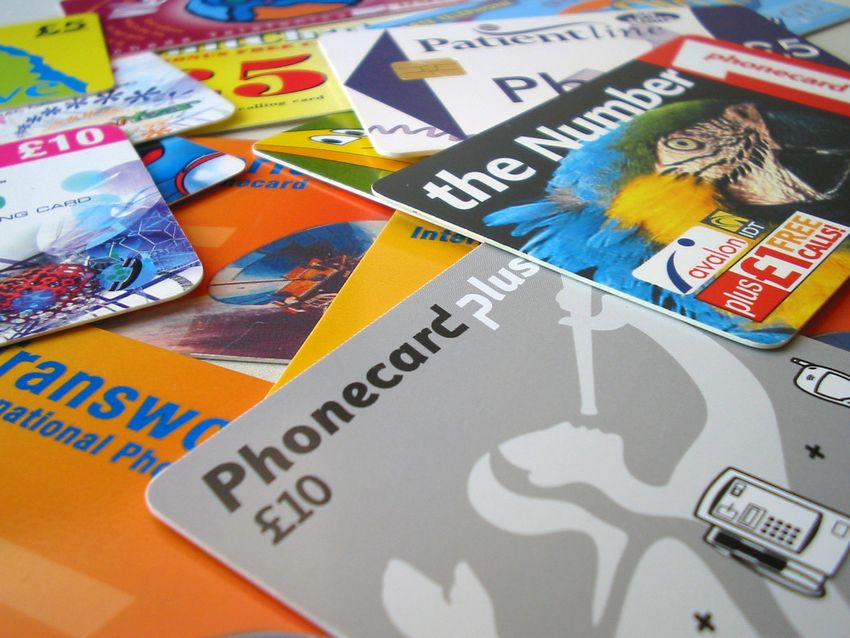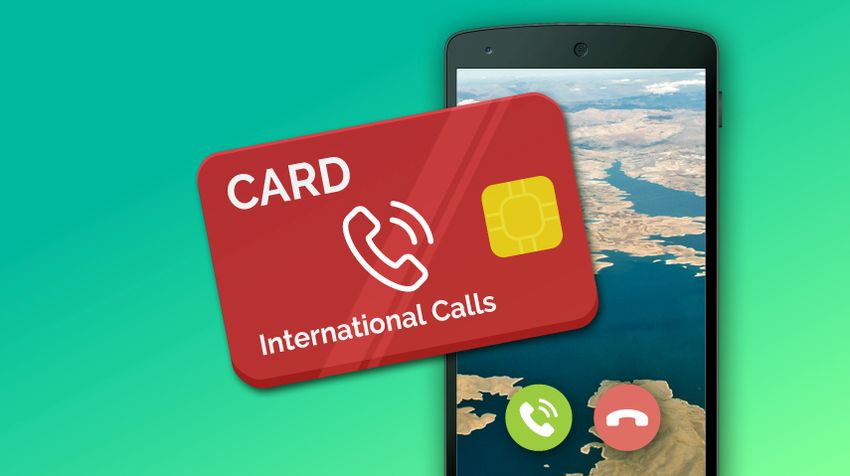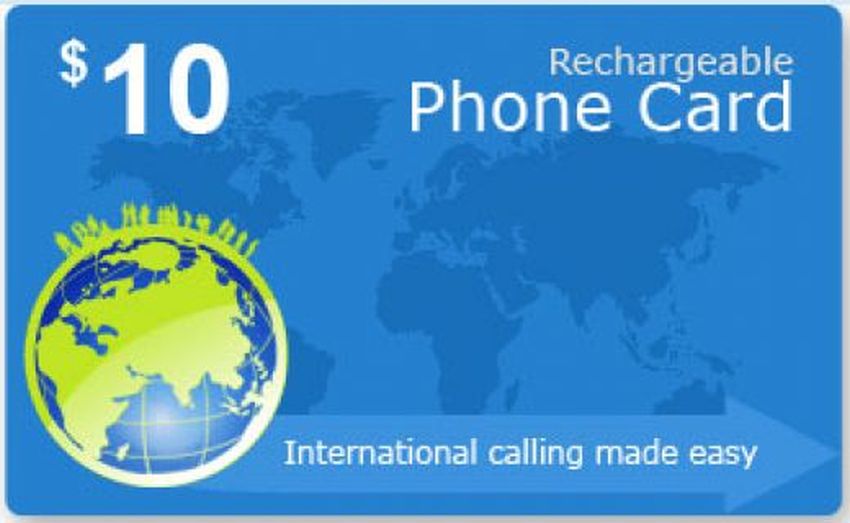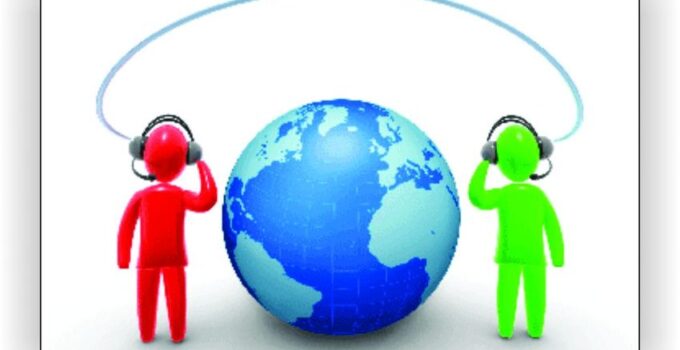International calling cards are still one of the best ways to make incredibly cheap overseas calls.
First, why would you use one instead of Skype, which is free?
Apps like Skype and Facetime are great if both you and the person you are calling have a solid internet connection; otherwise it can be incredibly frustrating.
When traveling I’ll use both online video and keep a phone card on my hip to call people just in case I don’t have internet or the person I’m calling doesn’t have internet.
Not everyone has internet but almost everyone has either a fixed line or mobile phone.
I’ve purchased hundreds of dollars’ worth of phone cards over the years and have been lost a lot of money due to bad connections, hidden fees or purchasing a card from a newsagent that had already expired – yes, this happens!

source:allo.om
Here are my 3 biggest tips for buying the best calling card so that you avoid rip-offs and find the best international phone card provider.
Tip #1: Not Looking Out For Hidden Fees
Some phone card companies will do anything to get more of your money and this is typically done via hidden fees so before you buy look for the following:
Service & admin fees
Admin or maintenance fees is an automatic deduction that comes off your card either weekly or monthly and can be a set amount or a percentage.
Connection Fee
This is a fee that is charged upon successful connection to the person you wish to speak to.
This is not a complete deal-breaker since these cards typically have a lower per minute rate than the cards that don’t have a connection fee. These are only worth buying if you’re making calls that are longer in duration, for example, 60+ minutes. Otherwise, you’re just losing money.
End of call fee
This is the connection fee but reversed. Instead of being charged on the connection of the call you are charged when you hang up.

source:kleinmoynihan.com
Toll number surcharge
Sometimes there won’t be a local access number for you to call in your city so calling card companies will make a toll number available that can be used anywhere. Sometimes there will be a small per minute fee.
Billing increments
Different cards will charge you at set intervals like 1, 2, 3 or 4 minutes, so if you’re paying 10 cents per minute with a billing increment of 3 minutes, this means you will get charged 30 cents every 3 minutes.
If you make a call that only lasts 1 minute you get charged 30 cents so if you’re making short calls and you don’t have a lot of credit then it’s something to be aware of.
Tip #2: Not Calling Customer Service Before Buying
This is very important.
There’s nothing more frustrating than buying a phone card and needing to make an urgent call and having a card that doesn’t work and no way to find a person to speak to.

source:allo.om
Store bought phone cards
If you’re going to purchase a card from a newsagent make sure that you can return it if you have a problem – some of them won’t want to know you especially if it’s a call connection issue because it’s not their phone service so they’ll refer you onto someone else.
Online phone cards
I use this option exclusively now since I’ve had nothing but endless problems with buying phone cards from retailers.
When you buy an online phone card, they send you out an email instantly so you can start calling right away which is handy but more importantly, you can call them up to see if they actually have a responsive customer service team.
If they do, ask them questions like:
- Do your cards have an expiration date? If so, how long do they last? And can you recharge them?
- If the card expires, do you lose your remaining credit? This is not a deal breaker, just buy only what you need.
- What are the hidden fees?
- What card do they recommend for making calls?
- Can you use the card on mobile and fixed line? Does it affect the rate?
- Does calling to a mobile or fixed line carry a different rate?
- Is there a local access number for your town or city?
- Once you purchase the card how long will it take for me to receive it so you can start making calls?

source:kleinmoynihan.com
Tip #3: Not Asking About Carrier Lines
Calling card companies use line carrier providers, these services link your call.
The problem is that most companies will cut corners and only use 1 or 2 carrier lines to help their customers make calls.
The problem with this is that if there is a connection issue or a poor quality line you may have to wait weeks before that line carrier fixes the issue which by that time the card may be worthless to you.
Top tier phone card providers will use multiple carrier lines to guarantee that they can fix any call quality or connection issues often within 30 minutes.
I recommend using companies that have at least 10 carrier providers, this means that they can fix your issue sometimes within 15 minutes – it’s worth asking this question to the customer service rep.

source:kleinmoynihan.com





